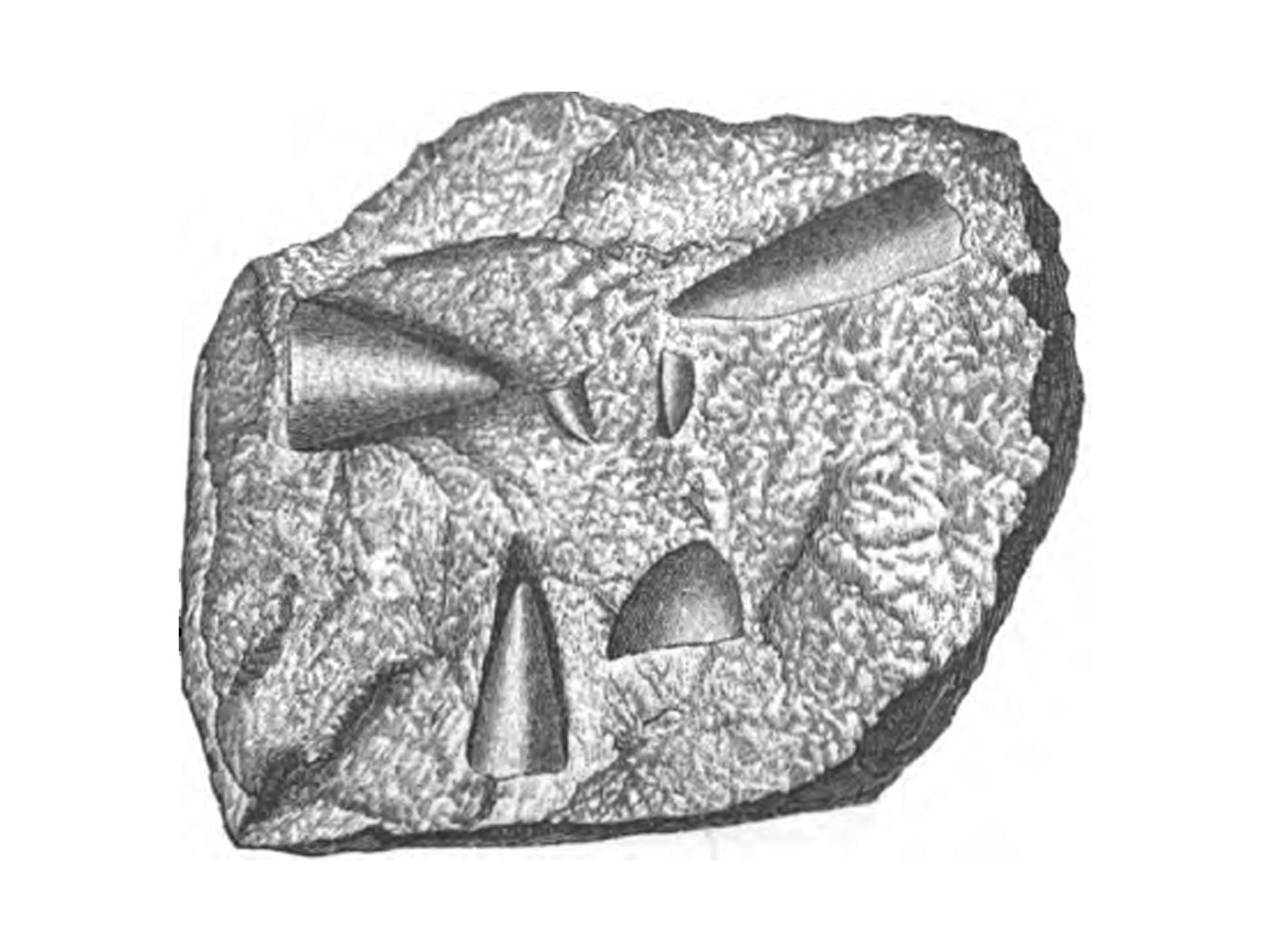A completely new category of circular RNAs has been discovered, adding another layer of amazing complexity to human genetics. These circular RNAs are formed from the intron regions inside a gene that were once thought to be nothing but junk DNA.1
Genes in plants and animals are copied (transcribed) into messenger RNA molecules (mRNAs) that are subsequently processed to remove segments that do not end up in the mature RNA transcript. The gene regions that remain in the final coding RNA transcript correspond to regions in the genetic code called exons while the regions that are spliced out correspond to gene regions called introns. When scientists first discovered large numbers of spliced-out intron fragments, they were baffled since they originally believed that they served no function and should have been degraded by the cell machinery.2
In these newly discovered circular intronic RNAs (ciRNA), the introns are excised from the initial gene transcript into smaller RNA molecules to form circles that enhance the gene’s transcription. This was proven when the researchers were able to "perturb" the action of ciRNAs in cells by inhibiting their function and observing the effect on gene expression. The scientists also discovered that the ciRNAs promoted gene function by associating with the transcription machinery that copies DNA into RNA (RNA polymerase II). Interestingly, these ciRNAs were expressed specific to cell-type, further emphasizing that they were specifically controlled and highly functional.1
In contrast to the previously discovered circular RNAs composed of spliced-gene exons and functioning primarily as miRNA (micro RNA) sponges in the cell cytoplasm, ciRNAs act as transcriptional enhancers in the nucleus.3 In fact, ciRNAs are primarily localized to the nucleus, which contains the cell’s genomic DNA, where they enhance gene expression.
Researchers have actually discovered a wide variety of regulatory RNA molecules that are encoded in gene introns, including small nucleolar RNAs (snoRNA), micro RNAs, and various types of long non-coding RNAs (lncRNA).1 And now scientists can add ciRNAs to the ever-growing list of functional DNA found in introns, creating a picture of complexity in the cell that will certainly increase in time. Clearly, the intron regions that reside inside genes and cover about 20 percent of the entire human genome are as functionally important to the cell as the protein coding regions (exons) that cover less than 5 percent of the genome.1
These newly discovered circular RNAs—embedded inside the non-coding segments of genes—continue to reveal the amazing complexity of the genetic code that exists in multiple overlapping layers of information. These data show that individual genes actually contain many different levels of highly functional genetic information—a fact that gradualistic evolution simply cannot account for.
References
- Zhang, Y. et al. 2013. Circular Intronic Long Noncoding RNAs. Molecular Cell. 51: 792-806.
- Yang, L. et al. 2011. Genomewide characterization of non-polyadenylated RNAs. Genome Biology. 12: R16.
- Tomkins, J. Circular RNAs Increase Cell Bio-Complexity. Creation Science Update. Posted on icr.org April 5, 2013, accessed October 7, 2013.
*Dr. Tomkins is Research Associate at the Institute for Creation Research and received his Ph.D. in genetics from Clemson University.
Article posted on October 9, 2013.
















